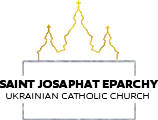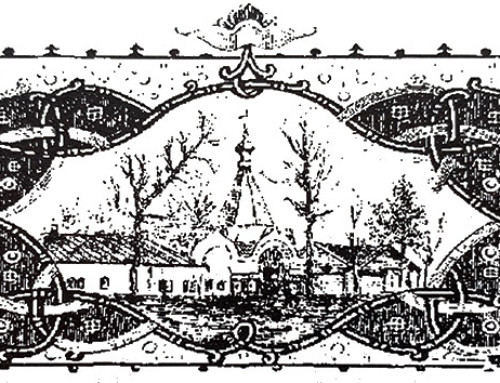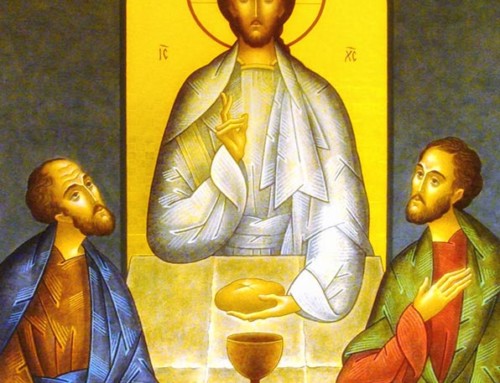Catechetical Sermon on the Divine Liturgy
#14 – The Thanksgiving
When the distribution is finished, the priest, facing the people with the remnants of the Holy Gifts in his hand blesses them saying, “Save your people, O God, and bless your inheritance,” a slight variation on psalms 3:8 & 27(28):9, and the people sing the hymn, “We have seen the true light.” Then, when all the covers and implements have been gathered on the plate, the priest hands it to the deacon while saying quietly, “Be exalted above the heavens, O God, and your glory over all the earth. Blessed is our God”–and then, turning to the people, he completes the verse aloud with “always, now and ever, and for ages of ages.” Archimandrite Robert Taft calls this the hanging doxology because it does not complete a formal prayer, although the priest seems to be chanting a verse that occurs twice in psalm 56(57), verses 6 &12. As the various practical gestures in the liturgy came to symbolize episodes in the life of Jesus, this psalm verse seemed to point to the Ascension of the Lord. The taking of the Gifts from the Holy Table back to where they came from, the prothesis, seemed to dramatize that event. And as the Gifts are returned to the prothesis, the people sing Amen and another hymn, added by Patriarch Sergius to the Byzantine Liturgy in 624 AD, adapted from the West Syrian rite of Antioch. Its opening line is based on psalm 70: 8 (Septuagint); “Let my mouth be filled with praise, that I may sing of your glory and of your majesty all day long.” Today a short litany of thanksgiving and a prayer of gratitude follow, and then the injunction, “Let us go forth in peace!” to which the people respond, “In the name of the Lord!” This was the very end of the Liturgy in a very early era, but it was a very short step from that response to adding “Blessed be the name of the Lord . . .” from psalm 112:2.


